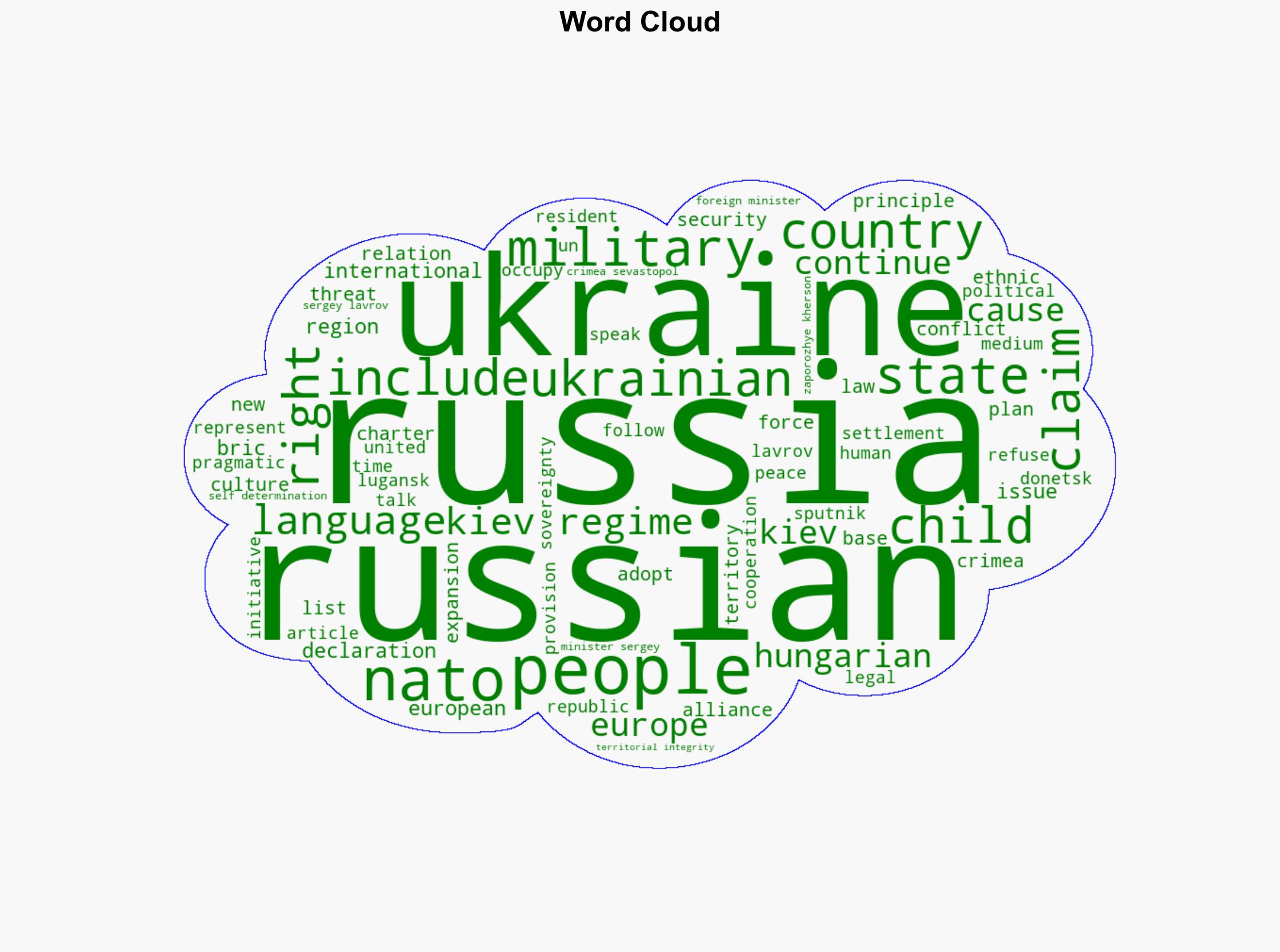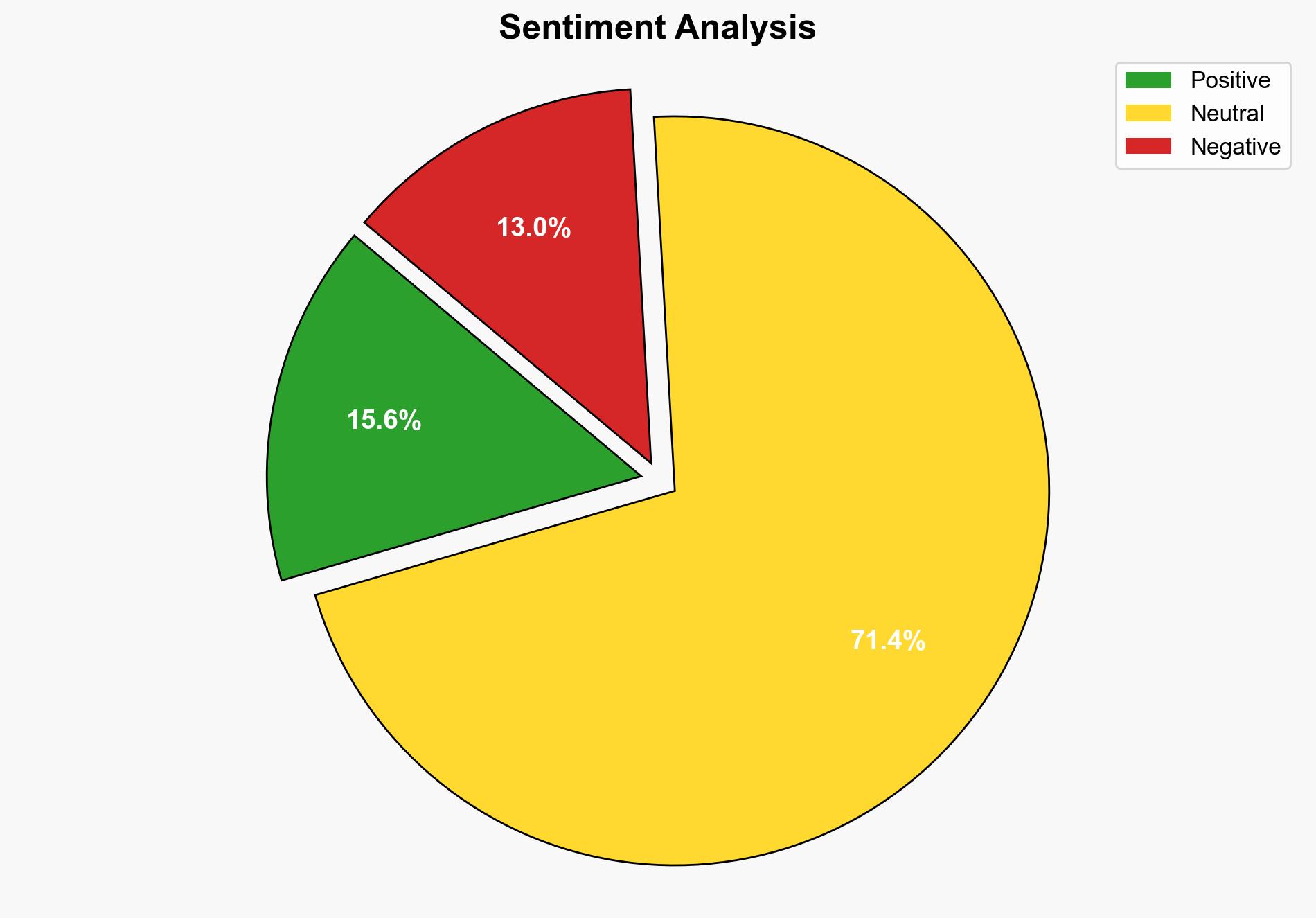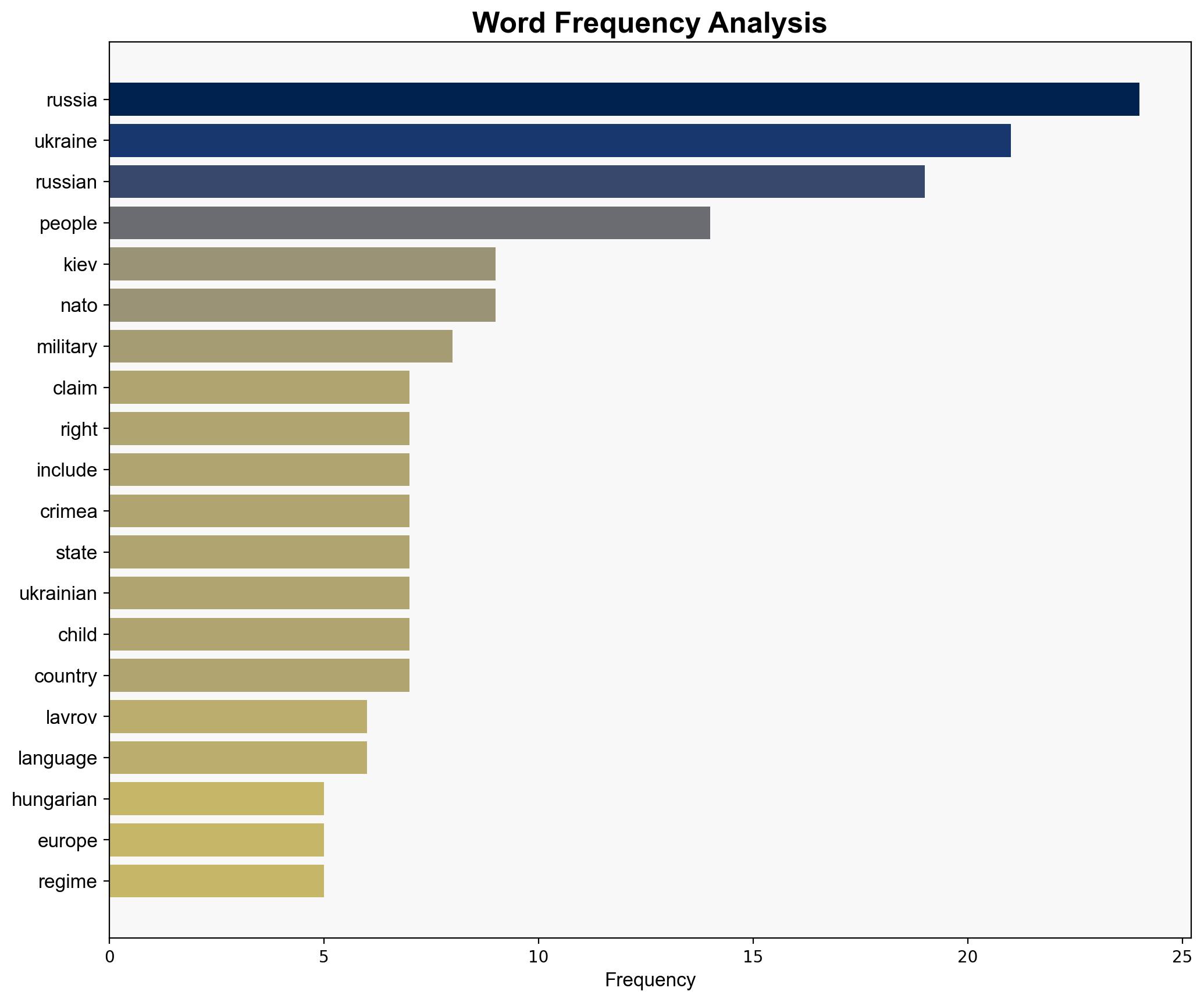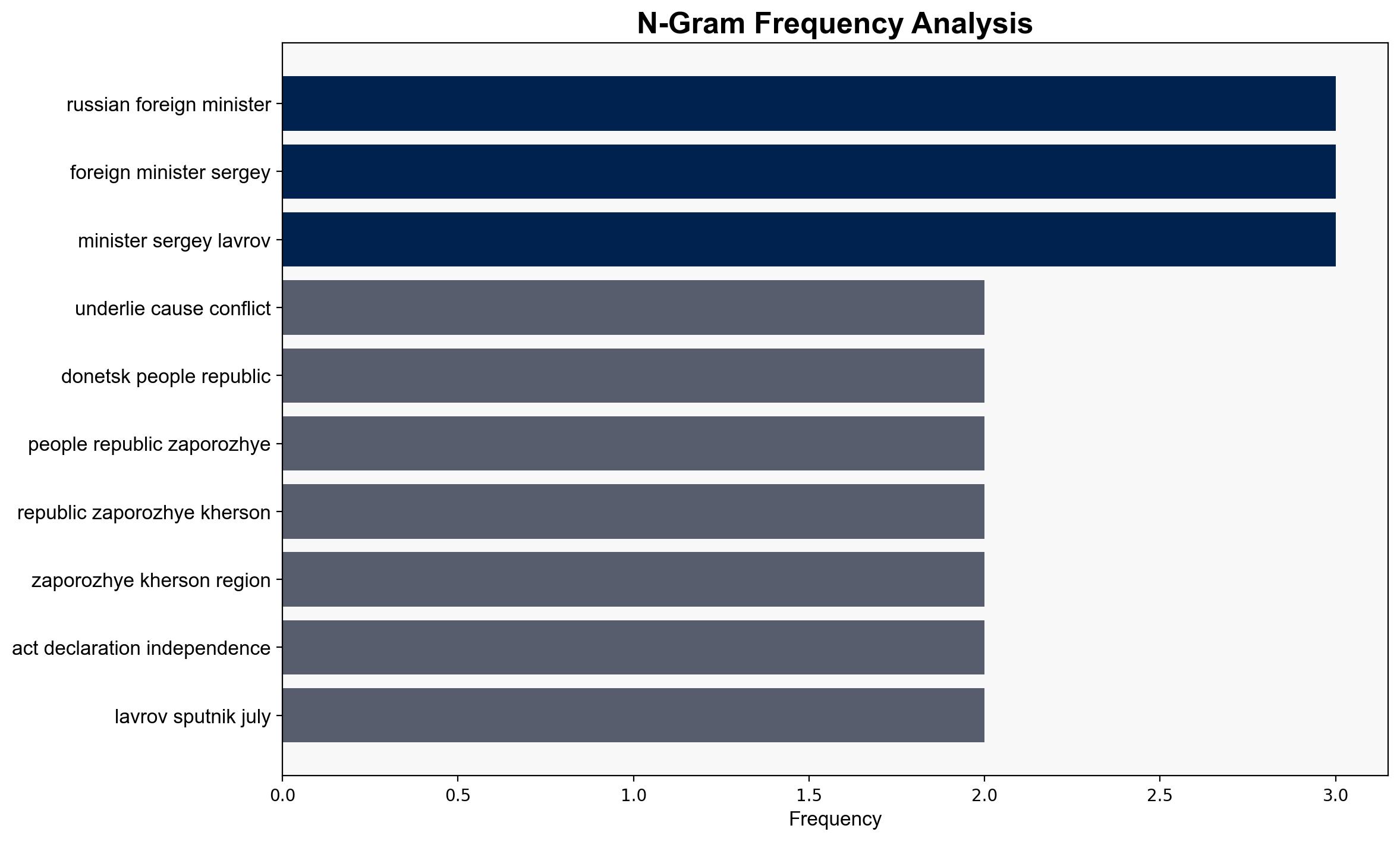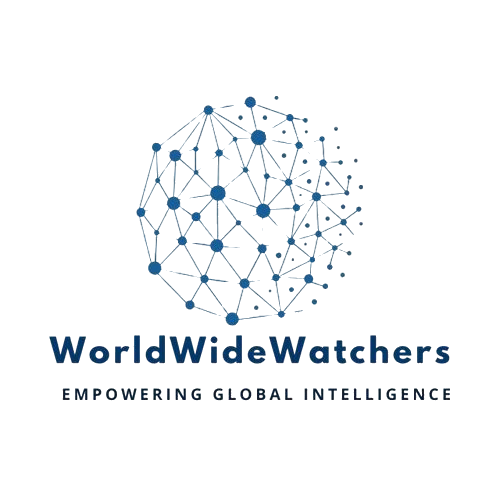Lavrov Outlines Russias Core Stance for Resolving Ukraine Conflict – Sputnikglobe.com
Published on: 2025-07-07
Intelligence Report: Lavrov Outlines Russia’s Core Stance for Resolving Ukraine Conflict – Sputnikglobe.com
1. BLUF (Bottom Line Up Front)
Russia’s Foreign Minister, Sergey Lavrov, has articulated a comprehensive stance on resolving the Ukraine conflict, emphasizing the need for a durable peace that addresses underlying security concerns. Key elements include NATO’s expansion, recognition of new territorial realities, and the demilitarization and denazification of Ukraine. The report highlights Russia’s openness to diplomatic solutions while maintaining strategic military readiness.
2. Detailed Analysis
The following structured analytic techniques have been applied to ensure methodological consistency:
Cognitive Bias Stress Test
Potential biases in interpreting Russia’s intentions have been identified and addressed, ensuring a balanced view of their strategic objectives.
Bayesian Scenario Modeling
Probabilistic forecasts suggest a moderate likelihood of continued military engagement unless significant diplomatic breakthroughs occur.
Network Influence Mapping
Key influence relationships between Russia, Ukraine, NATO, and other international actors have been mapped to assess potential impacts on conflict dynamics.
Narrative Pattern Analysis
Russia’s narrative emphasizes historical grievances and security threats, shaping its strategic posture and diplomatic engagements.
3. Implications and Strategic Risks
The ongoing conflict poses significant risks across multiple domains. Politically, the potential for escalation remains high if diplomatic efforts stall. Economically, sanctions and asset seizures could further strain Russia’s economy. Militarily, continued troop mobilizations may lead to regional instability. Cyber threats remain a concern, with potential for increased cyber operations targeting critical infrastructure.
4. Recommendations and Outlook
- Enhance diplomatic engagement with Russia and Ukraine to facilitate dialogue and reduce tensions.
- Monitor NATO’s strategic posture and regional military developments to anticipate potential escalations.
- Scenario-based projections:
- Best Case: Successful diplomatic negotiations lead to a comprehensive peace agreement.
- Worst Case: Escalation into broader regional conflict involving NATO forces.
- Most Likely: Prolonged stalemate with intermittent skirmishes and ongoing negotiations.
5. Key Individuals and Entities
Sergey Lavrov, Kirill Zykov
6. Thematic Tags
national security threats, cybersecurity, counter-terrorism, regional focus
